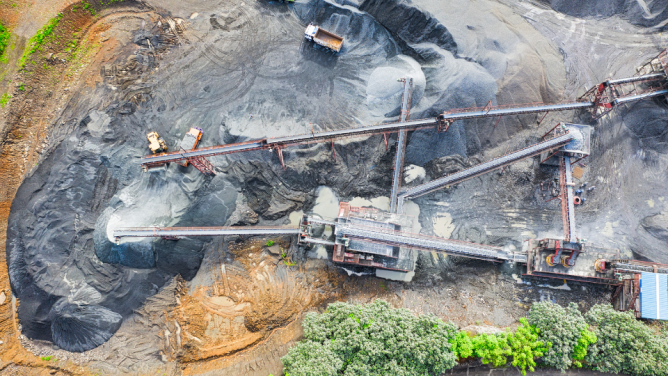Cities are challenging their old models. Today, “the hygienic urbanism inherited from the 19th century [which] advocates a strict separation between living systems and social systems” is being called into question. At the heart of the matter, the question of soils is undergoing a major revival. Long relegated to what the geographer Claude Raffestin calls “a surface issue”, soils are now taking on an ecological, ecosystem and societal dimension. A rapid increase in awareness is prompting us to consider their fragility and importance. We are talking about ecosystem services provided by “living soils”. Combating heat island, water drainage, buffering pollution, relaying biodiversity, supporting urban agriculture or recreational uses are crucial issues for city stakeholders. As a result, institutions and professionals are reinventing their practices and devising alternatives to soil artificialisation.
Precious soils
The first dimension of this renewed interest in soils is strategic: planners, builders, politicians and citizens are now aware of what is at stake, beyond the somewhat waterproofsupport of buildings, which has prevailed since the industrial revolution. Building a soils culture means taking better account of the complexity of urban soils and the diversity of their uses. In a proposed classification of the ecosystem services provided by urban soils, the Destisol project distinguishes between three main categories: regulation (of air quality, climate, waste treatment, water purification and natural hazards), supply (of food, energy, wildlife habitat, etc.) and culture (heritage preservation and local appeal).
The question of soil health is also at the heart of the issues for surfaces heavily used for human activities, whose quality determines the capacity to provide ecosystem services. A Canadian study has shown that the decline of urban vegetation is linked to soil quality in 80% of cases. On another note, we have found that soil health is directly linked to its ability to fix carbon dioxide (CO2) effectively. This is a major issue, as the quantity of CO2 stored by soils is approximately twice the amount found in the atmosphere. Biodiversity and plant cover, even on contaminated soils, help to fix CO2 and advocate for the rewilding of urban areas, as promoted by a growing number of cities.
Zero net land development
Despite general awareness, land artificialisation is rampant. In Europe, the artificial surface per person is approaching 400m², an increase of 6% between 2009 and 2015. Worldwide, an estimated 20 million hectares are lost every year. Major programmes have been deployed to fight this loss. In France, the objective of “Zero Net Artificialisation” is included in the biodiversity plan, while Europe is rolling out a “No Net Land Take” plan by 2050.
The effective achievement of the objectives depends largely on a collective capacity to transform building and planning. The Green Economy Committee has listed three major objectives: avoid (by reusing and renovating vacant buildings), reduce (by increasing density and setting a minimum density ratio in Local Urban Planning), and compensate (by returning the same amount of degraded land to its initial natural state). In practice, the construction industry is getting organised. With 50 “Speed Rehab” sites, VINCI Immobilier is developing 165,000 sq. metres of floor space on brownfield sites to create residences for senior citizens, social housing and co-living. When it comes to densification, the “Transformations pavillonnaires” exhibition, which took place at the Pavillon de l’Arsenal in Paris in 2019, presented a large series of extensions and elevations aimed at an “intense city”. On a larger scale, Antoine Brès is a proponent, of Distributed Oriented Development (DoD) as opposed to ToD (Transit Oriented Development), where the issue is not housing density but the balance of population distribution.
“Renature”: a new word for new practices
Beyond innovative construction, the end of artificialisation implies the return of living soil to urban spaces and challenges our very definition of what cities stand for. In early 2021, The TER agency set up Sols vivants, socles de la nature en ville, in which cross sections of soil were the “central medium”, as a way of showing sedimentation, usually hidden from view, and yet vital. The concept of brown corridor, which complements the green and blue corridors models, promotes the idea of soil continuity, which is essential for the colonisation and development of underground life.
In the same vein, Boris Presseq, a botanist at the Toulouse Natural History Museum, is committed to making urban biodiversity more visible. He walks all over the city and writes down in chalk the names of the plants that grow in the gaps on the pavement. On a more “professional” scale, The Asphalte Jungle project shares a similar approach to “city renaturation”. By removing tarmac and airing the subsoil, the aim is to offer in-situ recycling of the city soil.
Whatever the approach, soils play a decisive role in urban ecosystems, both as fragile substrates in need of preservation and as essential resources for the environmental transformation of our cities.

